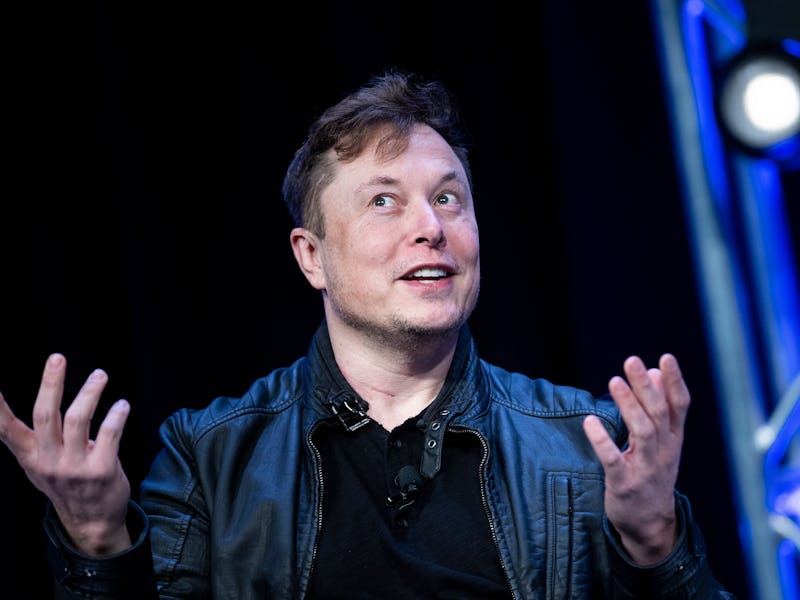Tesla electric aircraft: Elon Musk responds to ‘Model V’ concept VTOL
The Tesla CEO has responded to new concept art that imagines a Tesla-designed vertical takeoff and landing aircraft.

A concept design for a "Tesla Model V" electric aircraft has caught the attention of Elon Musk.
The CEO of the electric car firm responded Thursday to the design via Twitter. The concept was created by Tom Abbot-Davies, a U.K.-based industrial designer. The concept is based around the look of a manta ray, eVTOL News explained, and has the capacity to carry one passenger.
"Looks pretty cool," Musk wrote in response to a Twitter post from "blue_bnd" detailing the concept.
A Tesla flying machine has become the stuff of legends. While Musk has suggested several times that it's not a top priority, he's also dropped hints that he's given the idea serious thought. Musk said in 2008 that an electric jet becomes more feasible as batteries improve. In 2012 he said he'd had a design for the past four years, dropping references again in 2014 and 2015. In 2016 he described it as a vertical takeoff and landing aircraft, one that wouldn't need a runway, and in 2017 he said it was "not inconceivable" he would do an electric plane.
Abbot-Davies' design shows how one could look in practice. It has three ducted fans that can be used to fly vertically, with titanium turbine blades, with the rear fan on a gimbal to switch to forward flight. This is gyroscopically stabilized to provide a smoother flight.
It has three motors powered by lithium-ion batteries, a 1,250-kilowatt rear motor paired with dual 650-kilowatt brushless motors geared with rotor blades. All this adds up to provide distributed electric propulsion, meaning if one part fails the aircraft can land safely.
On the exterior, there's a retractable landing gear hidden away under a carbon fiber underbody. It has a magnesium fuselage, a titanium shell, and a wide canopy that can be adapted to hold two people.
Abbot-Davies started work on this back in 2014. He continued the design in 2017, while he was at Loughborough University, using Solid Works and Keyshot to produce the designs. Abbot-Davies graduated from the university in 2019. Although Musk gave praise for the design on Thursday, Abbot-Davies previously included it as part of his application for an internship with Tesla – unfortunately, he was unsuccessful.
So why hasn't Musk pursued the electric plane idea? Because, as he claims, battery technology isn't quite there yet. During his September 2018 appearance on The Joe Rogan Experience, Musk explained how current electric car batteries offer around 250 watt-hours per kilogram. A jet would need a density of at least 400 watt-hours per kilogram to take off, but 500 may be more ideal.
All hope is not lost. Tesla purchased a battery firm, Maxwell Technologies, in February 2019 that could provide the answer. During a presentation at the Needham Growth Conference, Maxwell Technologies claimed it could offer batteries with 300 watt-hours per kilogram. It had also identified a "path" to 500 watt-hours.
Tesla is expected to host a Battery Day, where it explains more about its recent advancements in this technology space, at its Fremont facilities on September 15.
The Inverse analysis – It's no secret that Musk has an interest in electric jets – he said as much himself during an Iron Man 2 cameo – but he also said in September 2018 that it "isn't necessary right now."
In terms of Tesla's priorities, he's not wrong. Aviation accounts for just two percent of global emissions. Electricity and heat production, on the other hand, accounts for a staggering 31 percent according to Tesla's latest impact report. In terms of where the company should be focusing, its emerging long-term strategy to become an energy company could have a much greater impact.
This article was originally published on